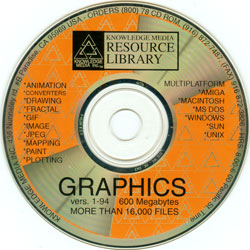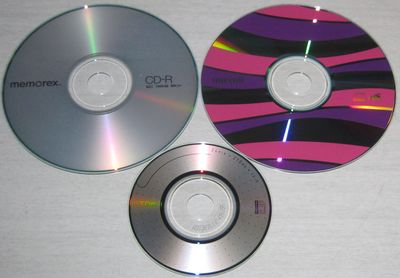I have been reading through “All Your Base Are Belong To Us: How 50 Years of Video Games Conquered Pop Culture” by Harold Goldberg. Despite the title, Zero Wing has yet to be mentioned (I’m about halfway done).

I just made it through the chapter describing early breakthrough CD-ROM games, including Myst, The 7th Guest, and The 11th Hour. Some interesting tidbits:
The 7th Guest
Of course, Graeme Devine created a new FMV format (called VDX, documented here) for The 7th Guest. The player was apparently called PLAY and the book claims that Autodesk was so impressed by the technology that it licensed the player for use in its own products. When I think of an Autodesk multimedia format, I think of FLIC. The VDX coding format doesn’t look too much like FLIC, per my reading.
Here’s the relevant passage (pp 118-119):
Devine began working on creating software within the CD-ROM disk that would play full-motion video. Within days he had a robust but small ninety-kilobyte player called PLAY that was so good, it was licensed by Autodesk, the makers of the best 3-D animation program at the time. Then Devine figured out a way to compress the huge video files so that they would easily fit on two CD-ROMs.
Googling for “autodesk trilobyte play program” (Trilobyte was the company behind 7th Guest) led me to this readme file for a program called PLAY73 (hosted at Jason Scott’s massive CD-ROM archive, and it’s on a disc that, incidentally, I donated to the archive; so, let’s here it for Jason’s tireless archival efforts! And for Google’s remarkable indexing prowess). The file — dated September 10, 1991 — mentions that it’s a FLICK player, copyright Trilobyte software.

However, it also mentions being a Groovie Player. Based on ScummVM’s reimplementation of the VDX format, Groovie might refer to the engine behind The 7th Guest.
So now I’m really interested: Did Graeme Devine create the FLIC file format? Multimedia nerds want to know!
I guess not. Thanks to Jim Leonard for digging up this item: “I developed the flic file format for the Autodesk Animator.” Jim Kent, Dr. Dobbs Magazine, March 1993.
The PLAY73 changelog reveals something from the bad old days of DOS/PC programming: The necessity of writing graphics drivers for 1/2 dozen different video adapters. The PLAY73 readme file also has some vintage contact address for Graeme Devine; remember when addresses looked like these?
If you have any comments, please send them to: Compuserve: 72330,3276 Genie : G.DEVINE Internet : 72330,3276@compuserve.com
The 11th Hour
The book didn’t really add anything I didn’t already know regarding the compression format (RoQ) used in 11th Hour. I already knew how hard Devine worked at it. This book took pains to emphasize the emotional toll taken on the format’s creator.
I wonder if he would be comforted to know that, more than 15 years later, people are still finding ways to use the format.

